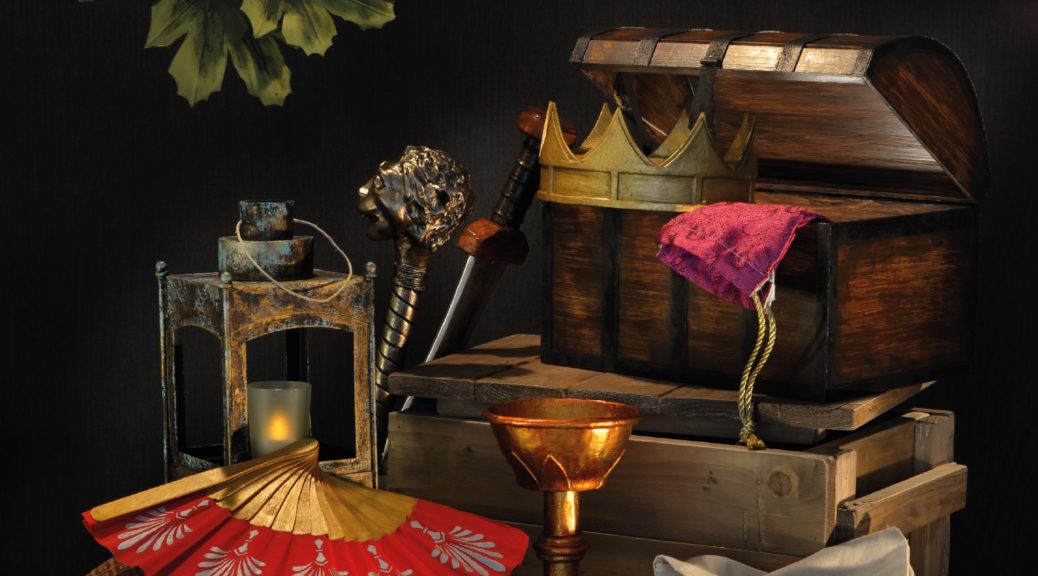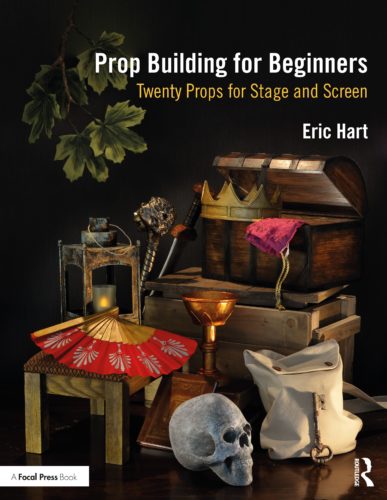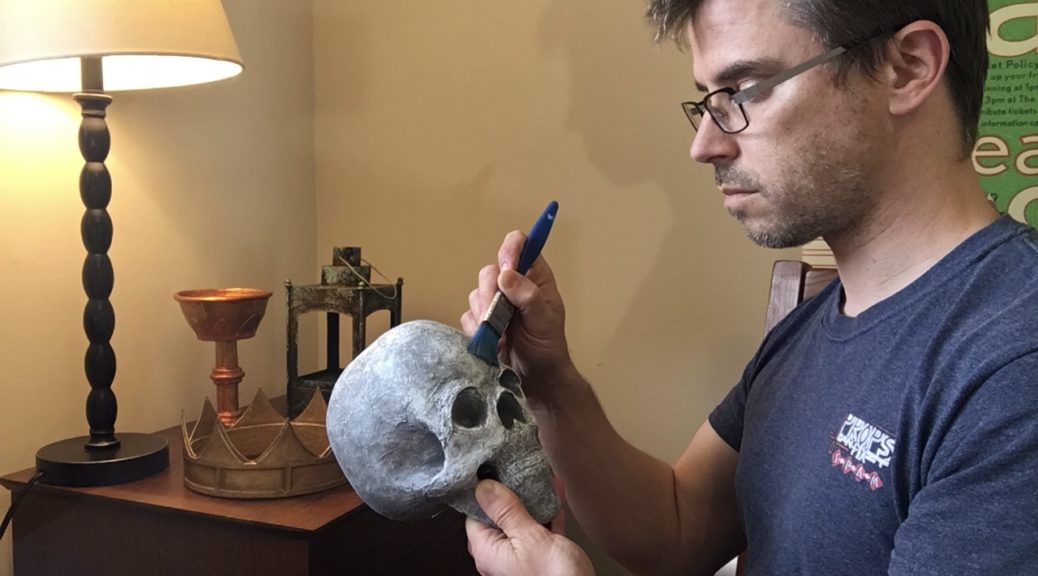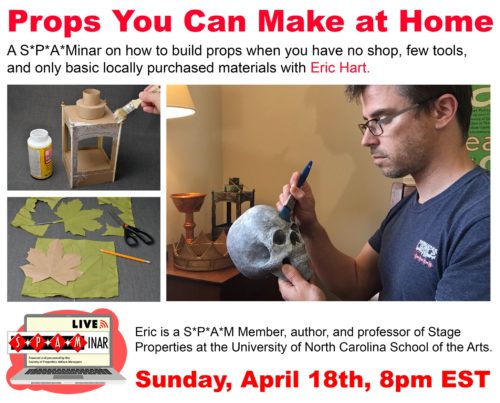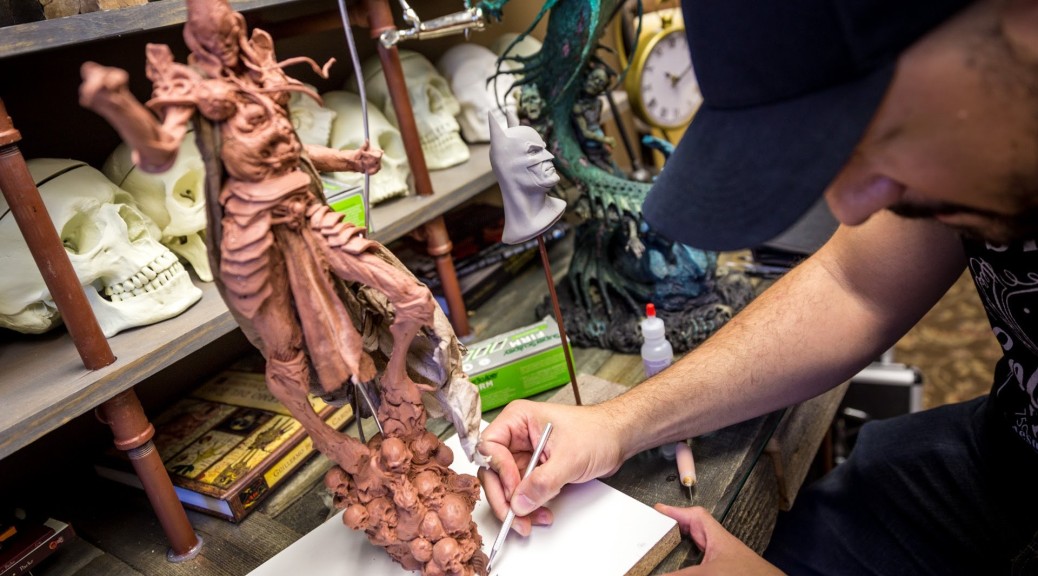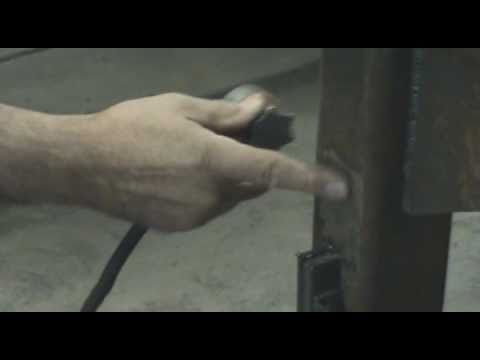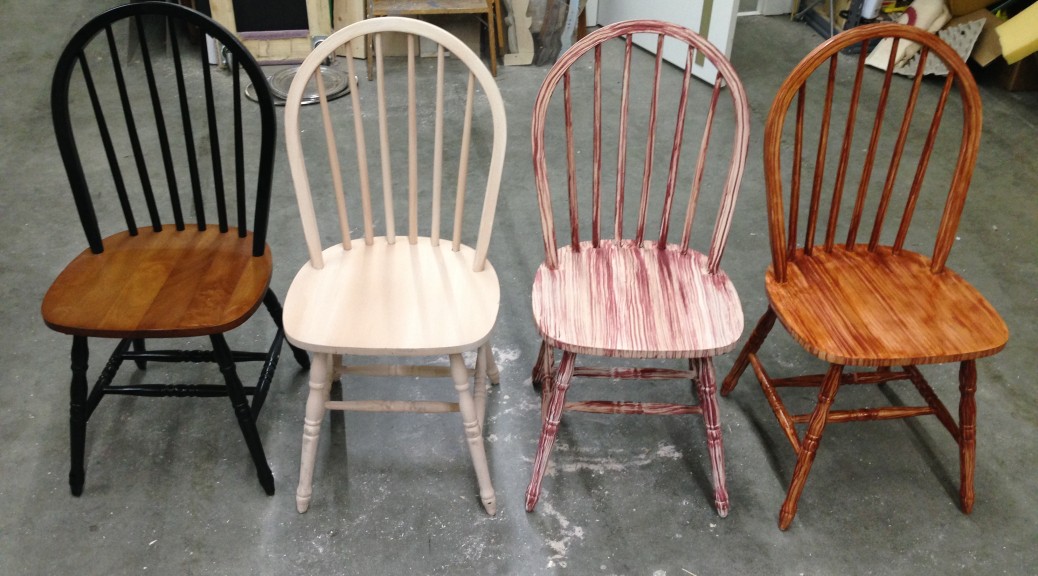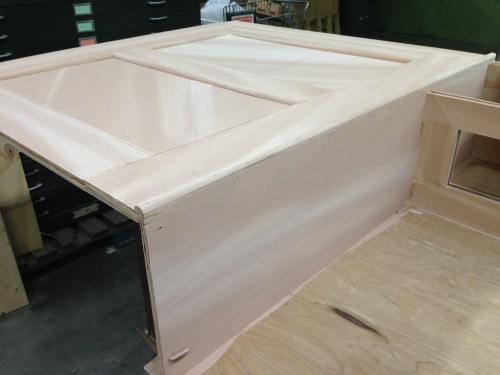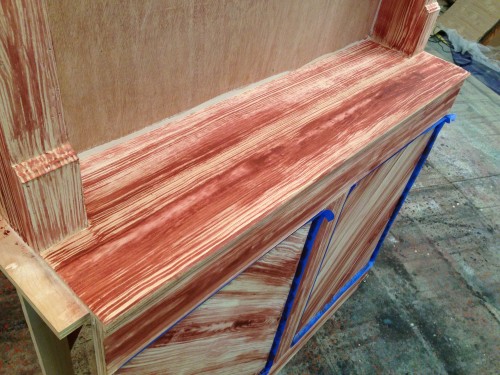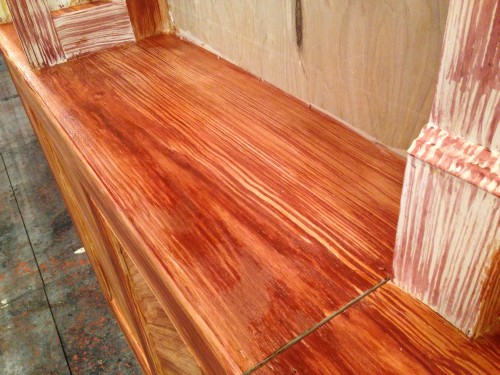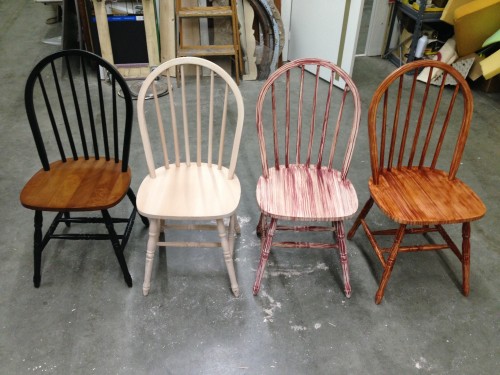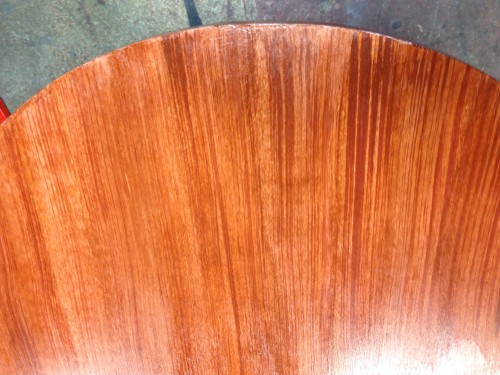I came out with a new book a few months ago, but I haven’t written about it here yet. It has been such a tumultuous year!
The book is called “Prop Building for Beginners: Twenty Props for Stage and Screen.” It is now on sale at Routledge.
I wrote this book because a lot of beginners want step-by-step instructions to build specific props. The world of prop building can be overwhelming, and sometimes you just want to know where to start.
I chose the kinds of items that people in theater or film often need to build. These are props that appear in a lot of stories and which are not always cheap or easy to buy.
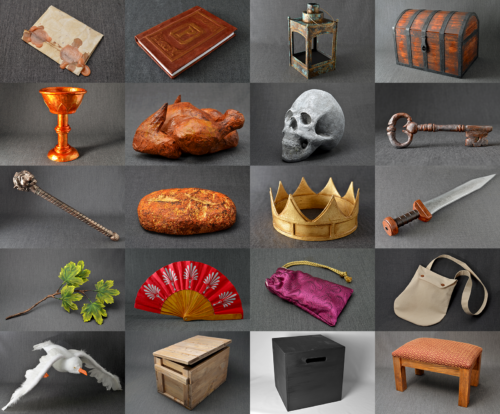
I designed and built all these items to make sure I was only using materials which are readily available throughout the world, as well as a limited number of tools. In fact, if you complete each project in this book, you will end up with a good understanding of the basic skills that every props person needs, as well as a simple toolkit that you will use on a daily basis.
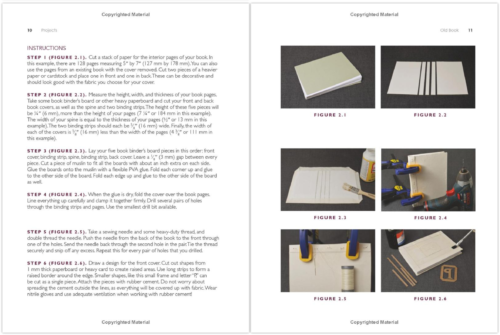
I wrote this book for anyone who wants to begin the wonderful journey of learning how to build props. It is useful for teachers who want to introduce their students to the materials and methods used in prop making. And it may be helpful to the theater practitioner who needs to build some props but does not know how.
You can purchase “Prop Building for Beginners” directly from the publisher, from Amazon, from your favorite local bookstore, or from wherever books are sold in your country. If you’ve already bought it, leave a review on the site you bought it from!

